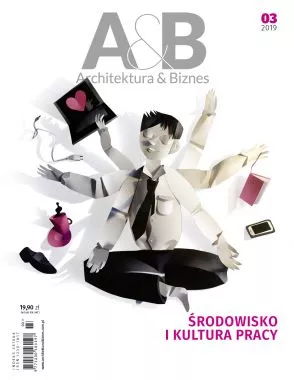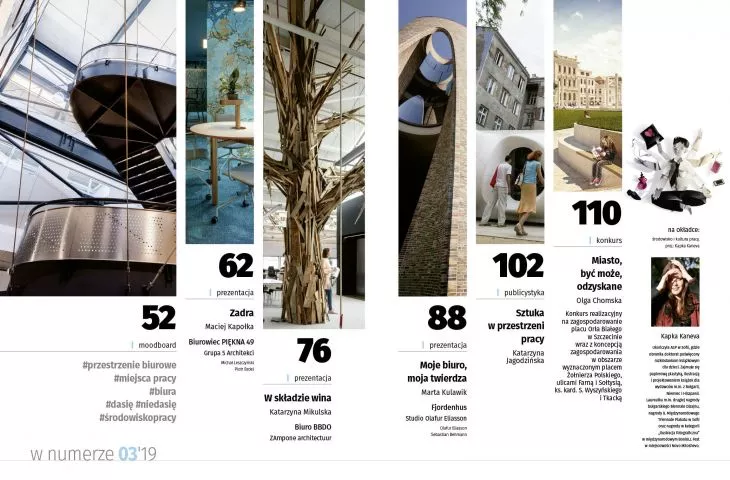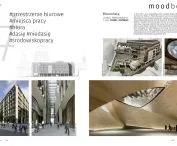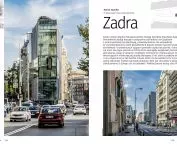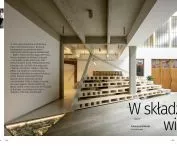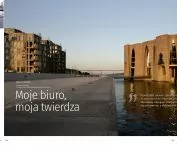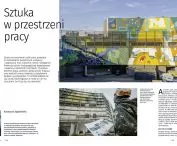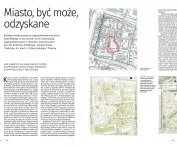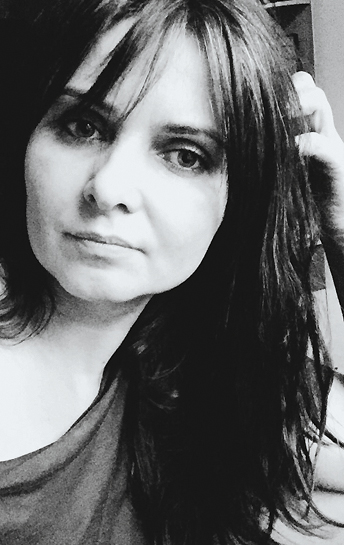Malgorzata TOMCZAK
work environment and culture
The research we've been seeing recently increasingly shows that widespread remote work, at least in the creative sector, is already a fait accompli. By now it is no longer just start-ups, but also large corporations that are increasingly offering their employees to work away from the proverbial desk. Nevertheless, as quickly as the conditions of work are changing, so is the culture of its space.
In this issue, we showcase both the work town that is undoubtedly Cupertino (actually, an accessible part of it) and the black cubicle in Belgrade's Skeletor. Extremely different spaces tailored to extremely different needs. But that, after all, is the point - to tailor architecture to meet needs, possibilities and expectations. The topic is deep and broad, of course, but that won't change the fact that traditional office buildings will still be built, with investors vying for the best available plots of land in the city. Ah, it's that still well-meaning economic atavism! - one might comment. Maybe so, in any case, the issue of office buildings is constantly relevant, as more and more interesting and modern business parks continue to be built in every major city - there is demand for them all the time. It's not just the office building itself that counts anymore, but also the green spaces around, relaxation zones, restaurants and public spaces that add value to the investment. Actually, that's a good thing, because they make up the city, but we're definitely closer to the idea of working remotely, where we have no possibility of getting bored with even the best-designed office.





